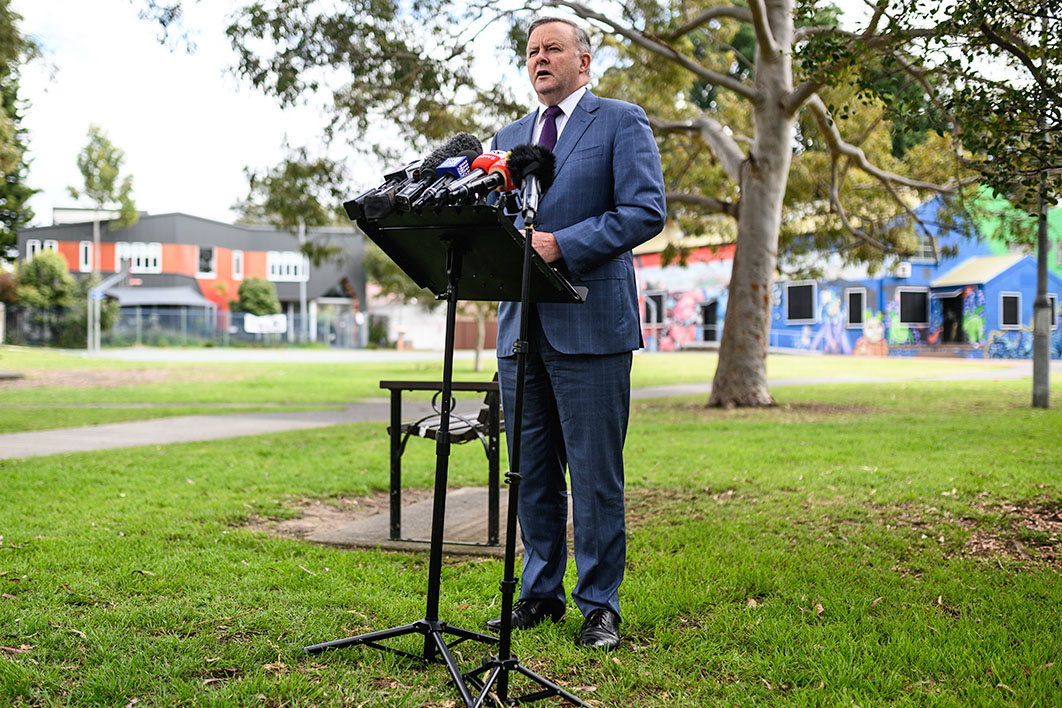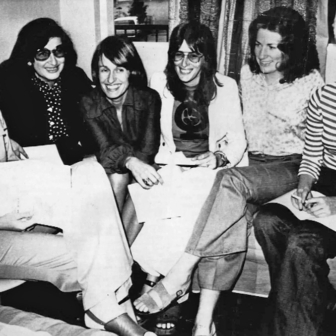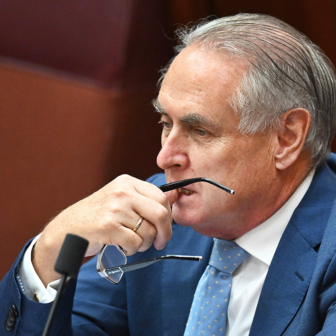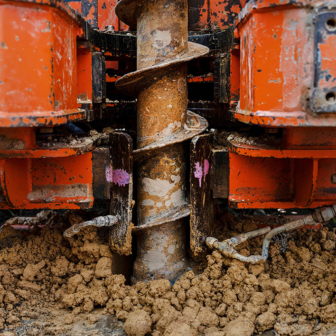In many ways, the seeds of Scott Morrison’s stunning victory in May can be found in the 2016 double dissolution election, at which the Labor opposition, to the surprise of most, netted twelve lower house seats and almost pushed the Coalition into minority. Malcolm Turnbull never recovered from the humiliation, and it culminated in his political assassination a little over two years later. If you subscribe to the theory that the Coalition wouldn’t have won in May this year with Turnbull as leader (probably true, although it partly depends on how long the opinion polls were “wrong”) then Bill Shorten’s 2016 star performance was a necessary condition for his own 2019 demise.
But much more to the point is what 2016 did to the Labor Party. No navel-gazing or postmortems were required. Shorten earned the right to remain for three more years and, more importantly, so did Labor’s election platform and its general policy adventurism. Those throws of the dice against a surging prime minister — including a 42 per cent emissions target and a big housing package — had worked despite the doubters, hadn’t they? At the very least they didn’t appear to do Labor much harm.
And so, over the next three years, Labor did what oppositions would do in an ideal world: it formulated robust prescriptions and told voters exactly what it planned to do in office — including its most politically ambitious scheme, the abolition of franking credits refunds, which it announced in 2018.
Meanwhile, the Liberal Party, after much moaning about the wickedness of Labor’s 2016 “Mediscare,” eventually opted to get even instead, devising the daddy of all scare campaigns: Labor’s policies would smash housing prices and possibly produce a recession, and its “retiree tax” (a term many journos, including at the ABC, helpfully adopted) would send old people to ruin. And, for good measure, it threw in a fictional “death tax.”
Back in 2016, Labor’s platform was barely given a second glance — it was never going to win anyway. Three years later, with the government as underdog, the dynamic was reversed. It’s likely that some of the surprise swing at both elections — Labor’s way in 2016, the Coalition’s in 2019 — came from electors’ desire to moderate the expected winner’s margin and mitigate the expected hubris — in other words, they were “protest votes.” (A lot of the much-analysed 2019 seat swings were reversals of the 2016 ones, with western Sydney, for example, putting in a big effort on both occasions.)
Shorten’s evasive inarticulateness didn’t help. Nor, one suspects, did his union background and the high-profile fire-breathing tendencies of the current ACTU secretary. The “top end of town” mantra was — what? — a sop to the true believers? Queensland’s Adani mine was a challenging tightrope.
But most of all it was the politically ambitious economic platform that did Labor in. The policies themselves were fine: closing loopholes with a mildly redistributive effect, they were Treasury recommendations 101 that a good government of either persuasion might implement. But it was bonkers to take them to an election. The sainted Bob Hawke and Paul Keating were never so reckless.
Labor’s internal election review comes out next month. Past experience suggests that much of it (those parts released to the public) will read like it was ripped from the opinion pages: the party didn’t sufficiently sell its manifesto, it allowed itself to become the centre of attention, it needs to reconnect with workers and stay away from trendy issues. The word “aspiration” will surely get a run.
If you believe (as I do) that without a big election platform Labor would have won in May, then all the other diagnoses become superfluous. It doesn’t make them all incorrect; there is plenty wrong with the Labor Party, and with the Coalition — both are relics of bygone eras, both are on downward trajectories of popular support. Whither the Labor Party? Same as the Coalition, dead in the long, or perhaps even medium, run. But in the meantime there are elections to contest.
The nagging question that besets all oppositions, “what do we stand for?,” is ultimately answered by “winning government.” And that’s achieved by being Her Majesty’s opposition at an election the incumbent is likely to lose — and an opposition can certainly assist in creating those conditions — and being not too difficult to vote for.
Once a party is in office it has little need for introspection. It’s where the action is, pulling the levers, cloaking itself in the authority of the state. And prime ministers and governments never, ever resemble what they seemed to promise in opposition. This applies in spades to the two most successful ones of recent decades. Hawke’s 1983 campaign made no mention of dollar floats, privatisations and tariff cuts; John Howard in 1996 expressed not a jot of interest in foreign affairs (or even a GST). Governments react to events thrown at them by the world and are defined by those actions.
They say being opposition leader is the worst job in politics, but it’s set to be particularly awful for Labor leader Anthony Albanese over the coming months and years. His predecessor enjoyed dozens of two-party-preferred opinion poll leads and the steadying institutional plank of Kevin Rudd’s changes to how leaders are elected. Now, with Morrison’s post-election “unbeatable” status, and the pollsters’ failure, any apparent Labor leads in the polls will be discounted. After what has happened on both sides over the past few years, caucus will no longer see leadership stability as the holy grail, and Kevin’s rules, which can be overturned by a majority vote of caucus, are likely to become dispensable. Chatter in the media (which is where most leadership changes gather momentum) will be a much more viable option for mischief-makers.
Most opposition leaders wear out their welcome before too long, as voters tire of their carping. Tony Abbott survived the 2010–13 term by revelling in his own penchant for destruction and registering massive two-party-preferred opinion poll leads (dwarfing those later Labor ones under Shorten), despite becoming ever more detested in the process. Labor under Shorten regularly sampled that approach.
The signs are that Albanese favours less ferocity, at least on his own part, and will let others play the attack dog. He might find inspiration in Kim Beazley, or at least the 1996–2001 version. Despite taking Labor to two competitive election results in a galloping economy, at a time in the cycle when an opposition had no business being competitive, he was subjected to streams of unreasonable criticism for not showing enough “toughness.” Then a real tough guy, Mark Latham, took over and led the party to what remains the worst result for any opposition since 1977. (Albanese was a determined Beazley supporter in both the 2003 and 2006 leadership contests.)
So, perhaps: dial down the negativity and pay some lip service to policy development, try to construct an appealing narrative while still producing enough of those empty “tactical” parliamentary victories that so impress the media and rally the troops. Above all, avoid prescriptions that involve appealing to particular demographics, like battlers, aspirationals and blue-collar workers. Instead go after that larger, multifaceted one, Australians.
Morrison is not the Messiah, the government will be nine years old in 2022 and, with or without a global recession, Labor stands a very good chance of taking government. To become prime minister, though, Albanese needs above all to remain leader.
That’s a herculean task. •





